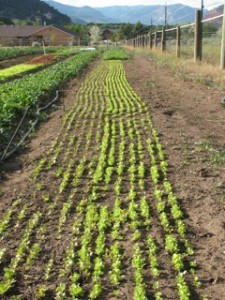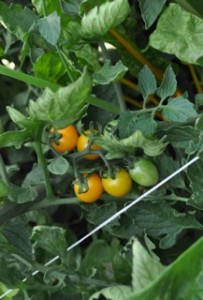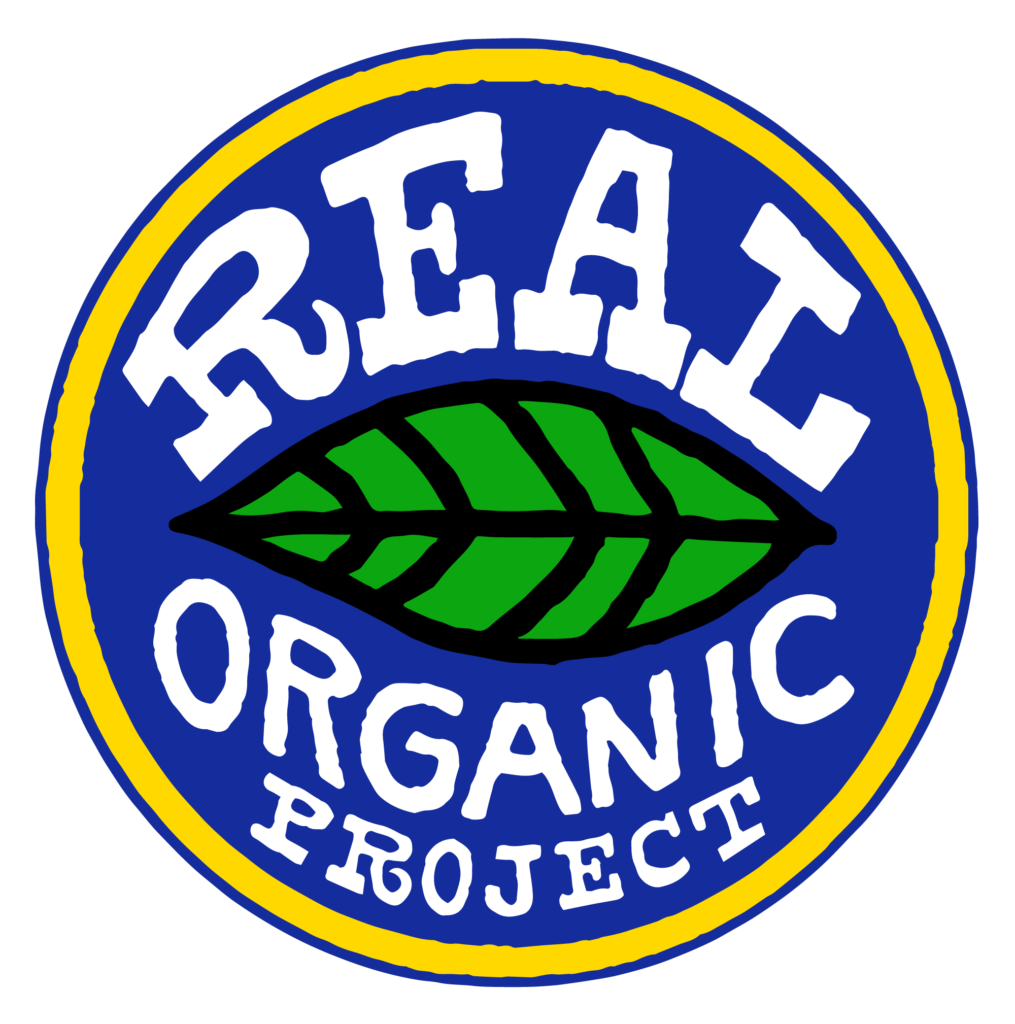 This Week’s Harvest: Garlic Braids, Tomatoes!, Salad Greens (1 pound), Spinach, Mini White Sweet Onions, Chard, Kale, Dill ($46 farmers market value!!)
This Week’s Harvest: Garlic Braids, Tomatoes!, Salad Greens (1 pound), Spinach, Mini White Sweet Onions, Chard, Kale, Dill ($46 farmers market value!!)
Thanks to Werner, Peter, and our work/share volunteers, I had a lovely time with my family in Salt Lake last week and the produce still made its way to you. The farm grew so much in just the 5 days that I was gone and I was so emotional when I saw it again upon my return. It truly is a dream come true to have this much space to farm and to watch it become so productive. Thank you Janet and Peter for the use of your land!
Last year’s slogan was “plant in June, weed in July and harvest in August and September”. But, harvesting has become a full time job earlier this year and I’m happy to say that we have a few new veggies ready this week, especially the tomatoes. We started these early tomatoes in our south-facing windows in February, transplanted them into bigger pots in March and then into the high hoops May 1. Rather than heating the tunnels with large propane heaters, we covered the plants with heavy frost blankets low to the ground and used a kerosene heater on nights below 25 degrees, significantly reducing our carbon footprint for an early tomato. Every morning beginning in May we have peeled away the frost blanket and every evening we have tucked them back to bed. Removing the blanket allows the sun to warm the soil and replacing it at night traps in the heat gathered from the day. The big debate among farmers is how thick the frost blankets should be. Thinner frost blankets allow more light to come in through in the day, and therefore they don’t need to be removed. But to maximize solar warmth and trap in this heat at night, we go to the extra effort to pull the blanket on and off. Interestingly, we’ve found that there is no air temperature difference between outside and inside the outer plastic layer, but the combination of the plastic and the frost blanket low to the ground adds up to 20 degrees under the blanket! (The plastic layer does provide wind protection even though it doesn’t help keep the plants warm at night). We are very proud of how early these tomatoes are with very minimal heating. Each year, we have been able to provide veggies earlier and I plan to continue that trend. Next year, I’m planning for an April 1 tomato planting and more veggies under tunnels and frost blankets.

Dill is new this week too. Normally we like to provide it with cucumbers, but it’s also good with potatoes, fish, and any summer salad. A little goes a long way! We have a large lettuce harvest this week and for several weeks to come so email us your favorite homemade dressing so we can share it with you next week. Ours is a mix of olive oil, mustard, balsamic vinegar (thick and aged), salt and pepper. You can add a little honey if you like it sweeter. We also love Annie’s Shitake Mushroom.
The third new item is garlic. We’ve harvested our soft neck garlic, Inchelium Red. This variety was discovered on the Colville Indian Reservation in Northern Washington and has a warm “tingly” taste (according to Big John, our source for Organic seed). It will store for 9 months on your wall in the braids, just break the bulbs off when you’re ready to use them. We’ll have more garlic to come (our hardneck and elephant ear garlic). We give you the softneck garlic first because it can cure on your wall rather than in our barn. Curing takes just a week in this dry climate. You can eat the garlic before it is cured – it’s just harder to peel (and to break off the braid).
See you Tuesday at Linda’s from 3-6. Because of the thunder storms we’ve been setting up inside!
Linley, Peter, and Werner



Leave a Reply